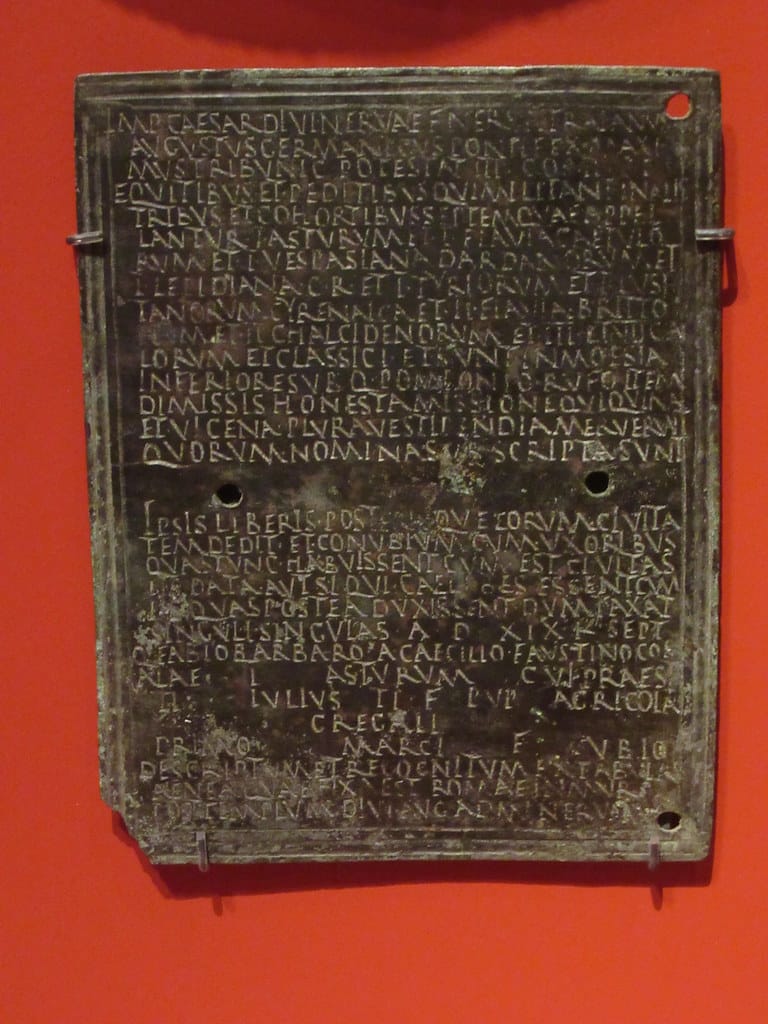Roman Bridge near Kumanica: A Historic Pedestrian Crossing in Serbia
Visitor Information
Google Rating: 4.6
Popularity: Low
Google Maps: View on Google Maps
Country: Serbia
Civilization: Ottoman
Remains: Infrastructure
History
The Roman Bridge near Kumanica village lies about 16 kilometers southwest of Ivanjica, Serbia. It stands on an old pedestrian route that connected Serbia with the Sandzak region, passing through Medjurecje and Bratljevo. This path was historically important for trade caravans, serving as a shortcut for merchants traveling between these areas.
Despite its local name, the “Roman Bridge,” there is no archaeological evidence confirming that the Romans built the current structure. The existing bridge most likely dates back to the Turkish period, possibly the 15th century. This dating aligns it with similar bridges constructed in the Prizren area during Ottoman rule. The site itself is linked to an ancient road, and local tradition holds that a Roman bridge may have once stood here, though no physical remains support this claim.
Throughout its history, the bridge has maintained its role as a crossing point, facilitating pedestrian movement and trade. It remains in use today, connecting mountain paths and nearby villages, including a route to Ercege. The bridge’s continued function highlights its lasting importance in regional connectivity.
Remains
The bridge is a single-arch stone structure spanning the narrow Moravica River. It features a semicircular arch supported by abutments resting on rocky riverbanks. The total length, including these supports, is about 14 meters, with the arch itself measuring 6.72 meters wide and rising 4 meters high. The deck is 2.4 meters wide, matching the width of the old road it served.
Construction materials include local rocky and clay slates. Parts of the front wall and arch fronts are built from broken stones and some boulders, indicating that the bridge underwent multiple phases of construction or repair. On the upriver side, remains of protective walls known as “bridge beaks” survive on both banks. These structures were designed to channel floodwaters safely beneath the arch and shield the bridge’s vertical walls from damage.
The arch and the parallel side walls form slender, proportionate pillars that contribute to the bridge’s balanced appearance. Vegetation partially covers the structure, allowing it to blend naturally into the surrounding landscape. Despite its age, the bridge remains intact and continues to serve pedestrian traffic along historic mountain paths.






